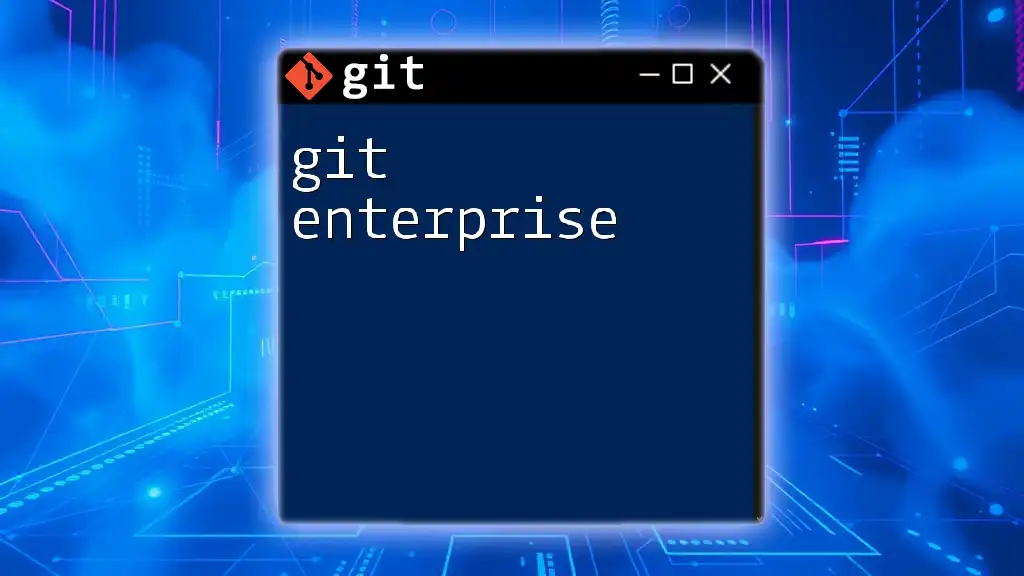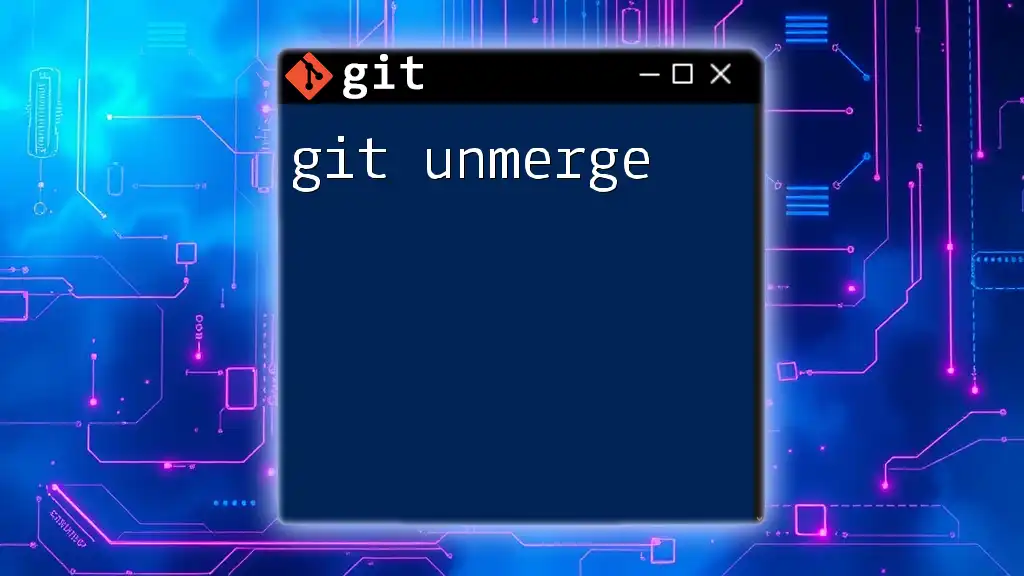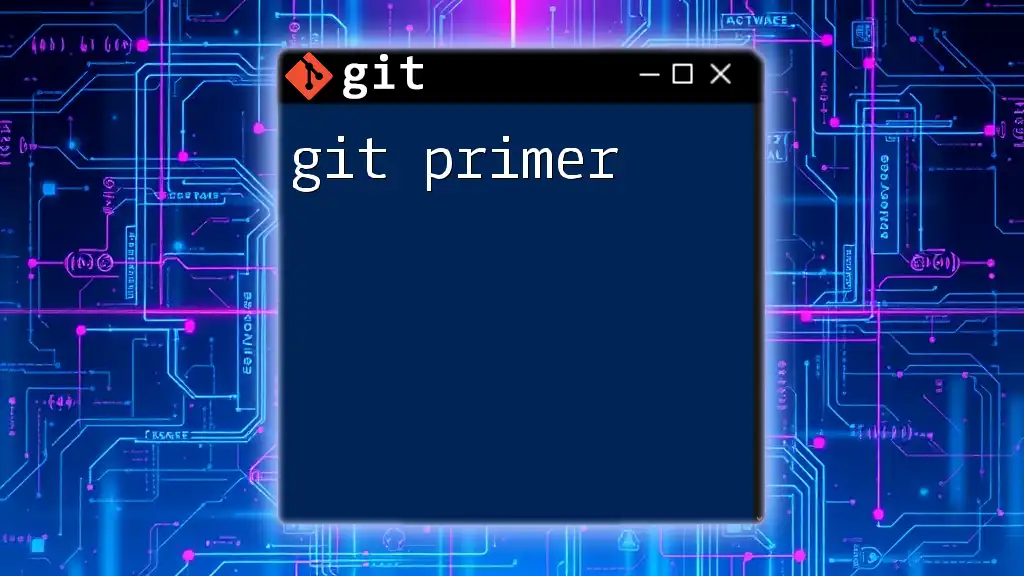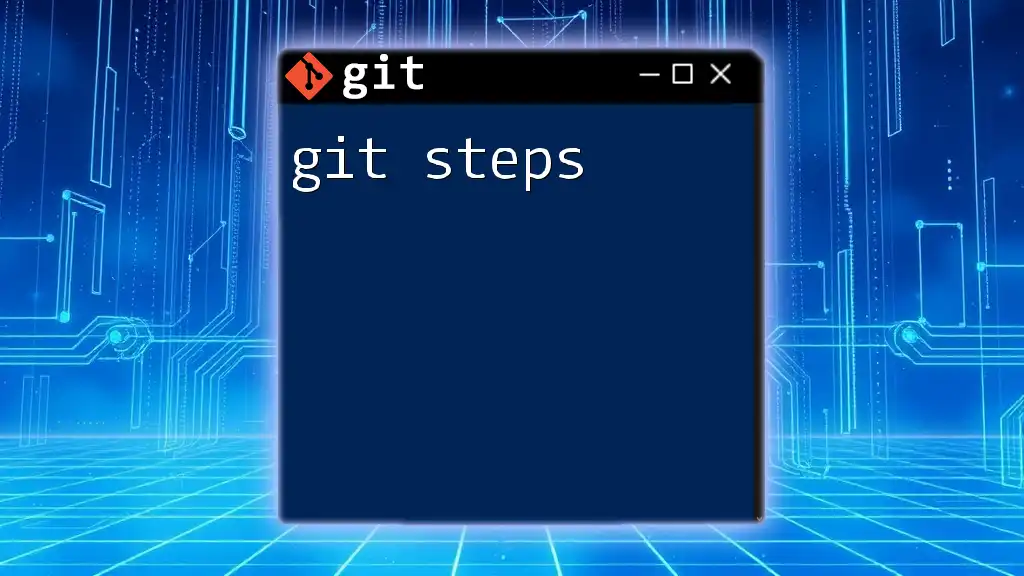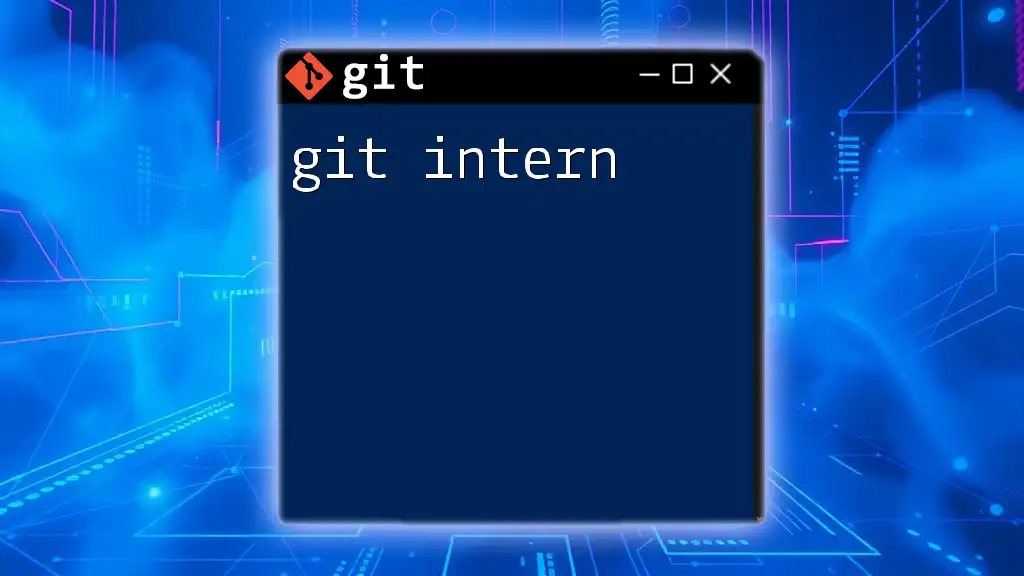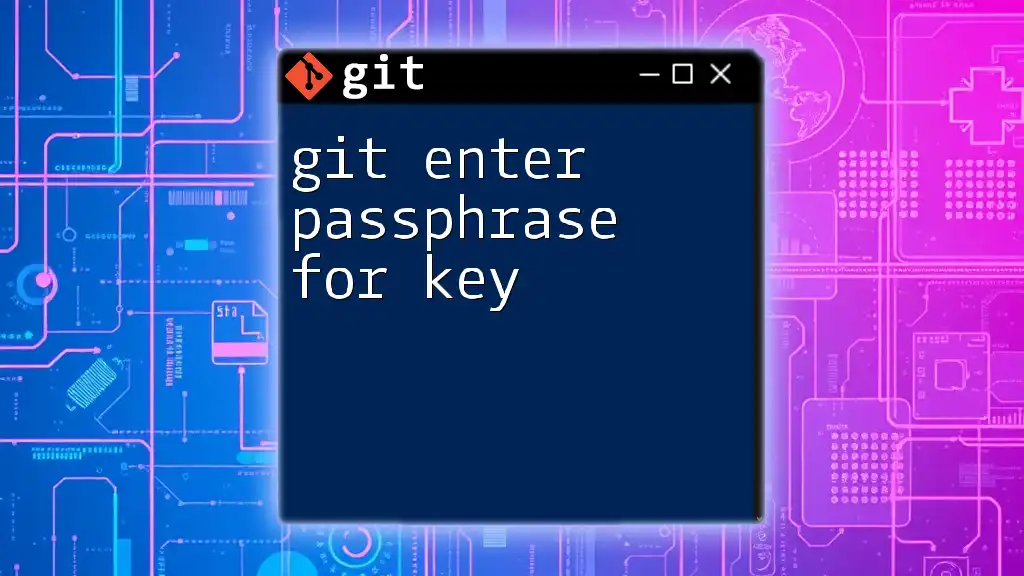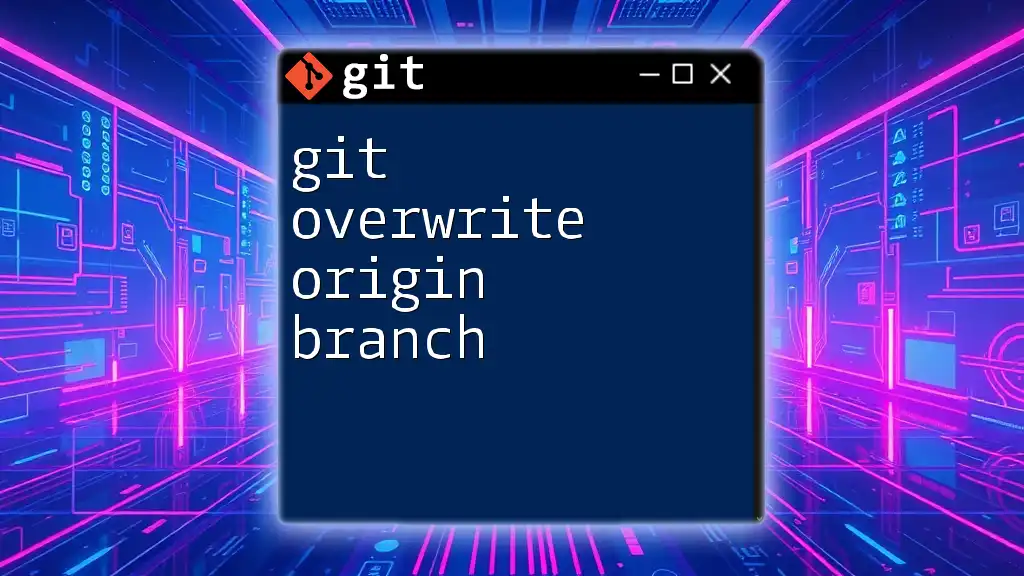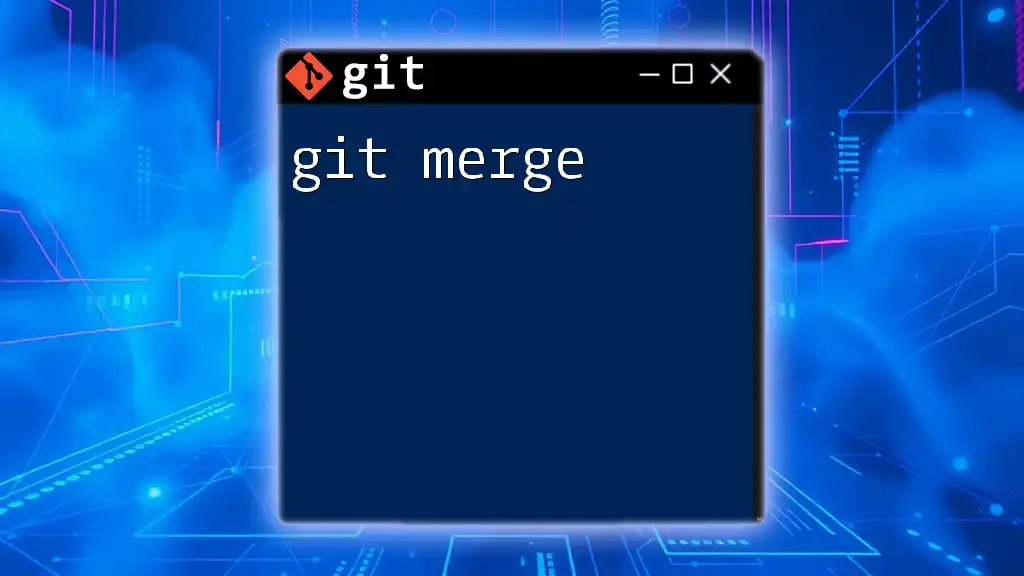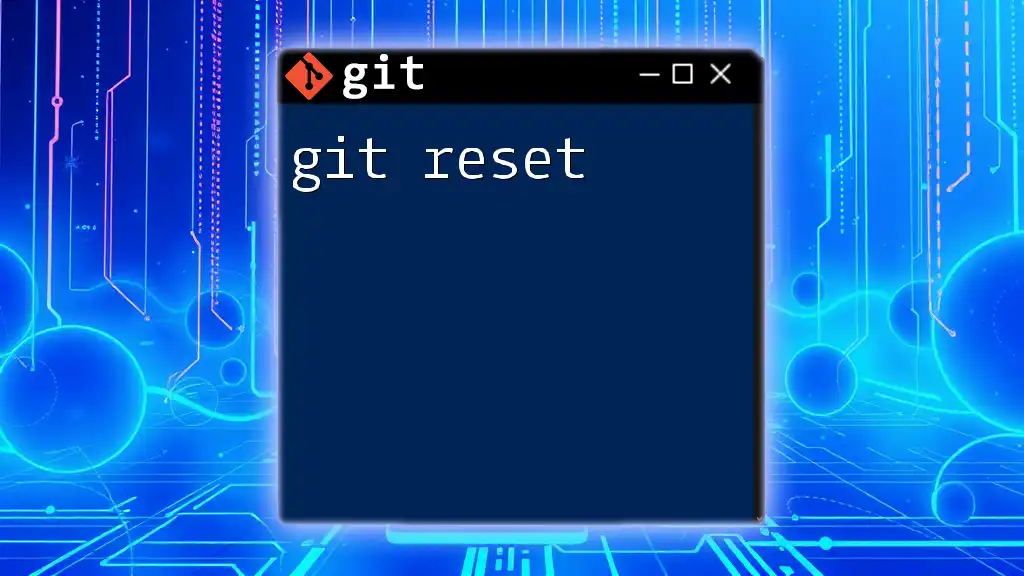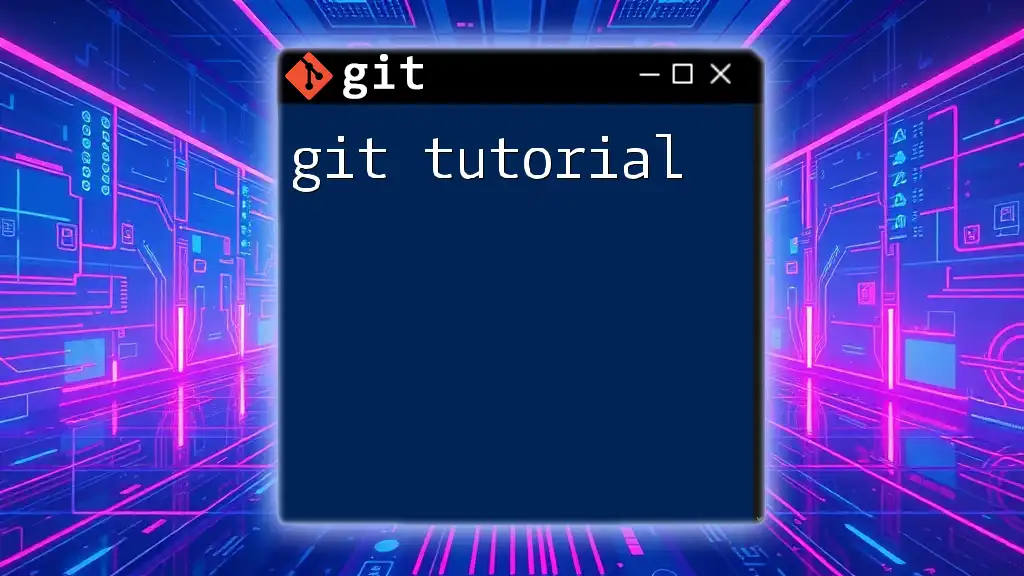Git Enterprise refers to the implementation and management of Git repositories in a corporate environment, providing robust version control, collaboration, and security features tailored for teams.
Here's a simple Git command to clone a repository in an enterprise setting:
git clone https://git.enterprise.com/your-org/your-repo.git
Understanding Git vs. GitHub vs. Git Enterprise
To truly grasp the significance of Git Enterprise, it’s essential to differentiate between Git, GitHub, and Git Enterprise solutions. Git is a distributed version control system that enables multiple developers to work on a project simultaneously. It’s the backbone of version control in many organizations, primarily used to manage source code.
GitHub, on the other hand, is a web-based platform that utilizes Git for version control, allowing developers to host and review code collaboratively. It introduces community and social elements to coding, making it easier for open-source contributions but is not specifically tailored for enterprise needs.
Git Enterprise refers to the implementation of Git in an organizational context, focusing on features that cater to the complexities and scale of large software teams. This includes enhanced security, better collaboration tools, and integration with other enterprise systems.
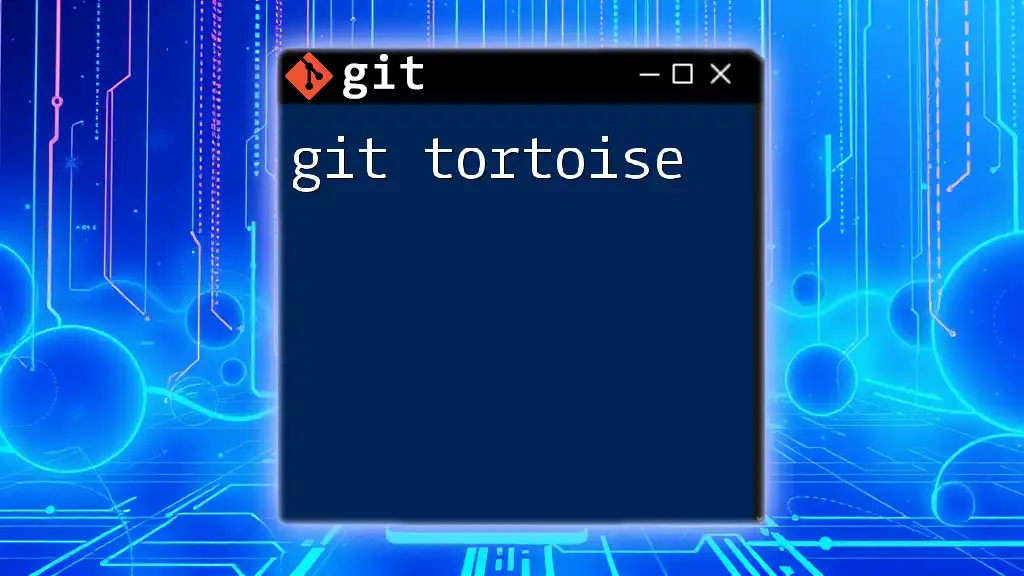
Setting Up Git Enterprise
Choosing the Right Hosting Option
When setting up Git Enterprise, the first decision revolves around where to host your Git repositories. You have two primary options: self-hosted and cloud solutions.
Self-hosted options provide greater control and customization. They allow companies to manage their own servers and configurations, which is ideal for organizations that have strict data retention policies but comes with increased administrative responsibilities.
Cloud solutions offer scalable infrastructure services for hosting Git repositories. They typically come with built-in features, automatic backups, and reduced IT overhead, making them attractive for smaller businesses or teams focused on agility. However, they can raise concerns around data security and privacy.
Installation and Configuration
The installation of Git Enterprise requires attention to system requirements and best practices:
-
Minimum requirements typically include a robust server environment with sufficient CPU, RAM, and storage. Often, using a Linux distribution such as Ubuntu or CentOS is recommended.
-
The installation process can vary depending on the platform. Below is a simplified example for installing GitLab, a popular Git Enterprise solution:
# Update package index
sudo apt update
# Install necessary dependencies
sudo apt install -y curl openssh-server ca-certificates
# Download and install GitLab package
curl -sS https://get.gitlab.com/install/repositories/gitlab/gitlab-ee/script.deb.sh | sudo bash
sudo EXTERNAL_URL="http://gitlab.yourdomain.com" apt-get install gitlab-ee
# Reconfigure GitLab
sudo gitlab-ctl reconfigure
- Configuration best practices include securing your installation by setting up firewalls, ensuring SSL certificates are in place, and configuring backups to ensure data safety.
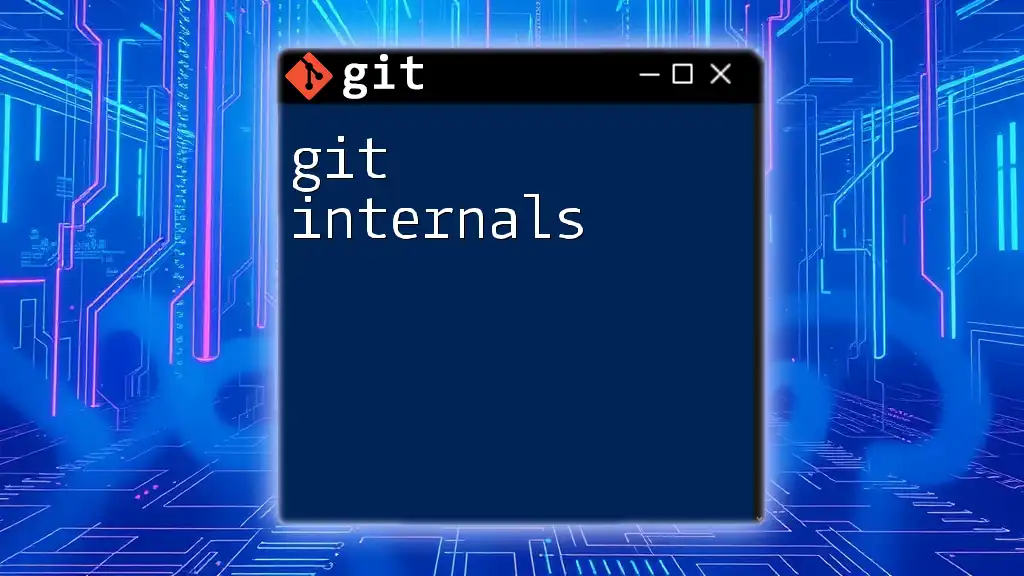
Core Features of Git Enterprise
Advanced Collaboration Tools
Pull Requests are central to collaborative workflows within Git Enterprise. They allow developers to propose changes to the codebase while enabling team members to give feedback. To create a pull request in GitLab, for example, you would simply navigate to your repository, select the branch with your changes, and click the button to open a pull request. It’s an essential part of maintaining code quality and promoting collaborative discussion.
Code review workflows are critical for improving the product’s quality. Conducting thorough code reviews can catch bugs early, adhere to coding standards, and facilitate knowledge sharing among team members. Teams should adopt rules for assigning reviewers, setting deadlines, and using inline comments effectively.
Branch Management
Effective branch management is a hallmark of Git Enterprise. Employing branching strategies like Git Flow or Trunk-Based Development ensures that teams can work concurrently without chaos.
For example, in Git Flow, different branches are designated for features, releases, and hotfixes, which helps maintain a clean and orderly main branch. This organization minimizes errors and simplifies the overall workflow.
In addition, protecting critical branches (like `main`) by implementing strict rules for merging can prevent unauthorized or unreviewed changes from entering your codebase, thus maintaining integrity.
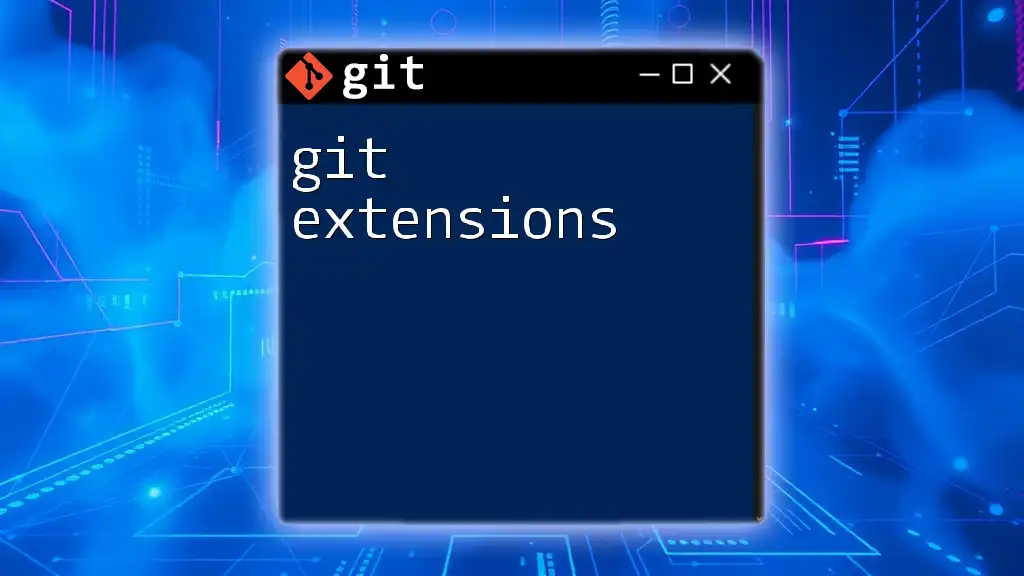
Integrating Git Enterprise with CI/CD
Benefits of CI/CD in Enterprise Environments
The integration of Continuous Integration (CI) and Continuous Deployment (CD) is crucial for enhancing efficiency in software development. CI/CD pipelines automate testing and deployment, which leads to faster release cycles, increased code quality, and reduced risks of bugs in production environments.
Tools for Integrating CI/CD
Various tools and platforms can facilitate CI/CD workflows with Git Enterprise. Popular options include Jenkins, GitLab CI, and CircleCI.
A simple Jenkins setup with Git Enterprise might involve the following steps:
- Install Jenkins on your server.
- Install the Git plugin to allow Git integrations.
- Create a new job in Jenkins and configure it to pull from your Git repository.
Example Jenkins pipeline configuration in a Jenkinsfile:
pipeline {
agent any
stages {
stage('Build') {
steps {
// Build commands
sh 'npm install'
}
}
stage('Test') {
steps {
// Run your tests
sh 'npm test'
}
}
stage('Deploy') {
steps {
// Deploy to production
sh 'deploy.sh'
}
}
}
}
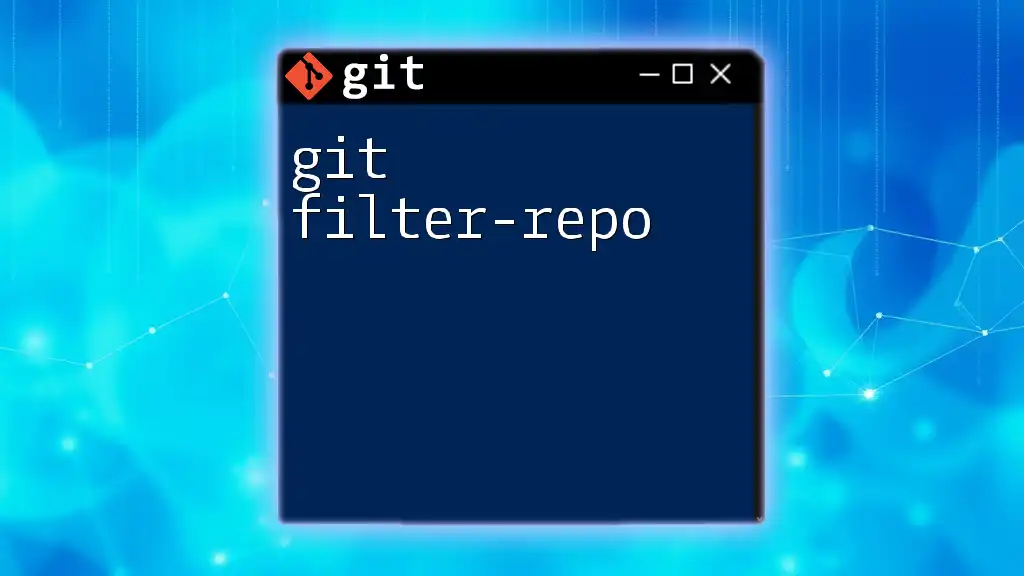
Security Best Practices
User Management
In Git Enterprise, proper user management is essential. Implementing Role-Based Access Control (RBAC) can help assign specific roles to users that define their access and permissions, ultimately keeping sensitive data secure.
To create and manage teams effectively, it’s important to categorize users based on their roles (such as developer, reviewer, or admin) and adjust their permissions accordingly, ensuring least privilege access.
Protecting Sensitive Data
Ensuring secure access is another critical aspect of Git Enterprise. Implementing Two-Factor Authentication (2FA) is a strong first step to enhancing security. This adds an additional verification step during login, reducing the risks of unauthorized access.
Furthermore, managing SSH keys correctly is crucial. Developers should only use standard SSH keys and ensure they are periodically rotated and removed when no longer needed.

Monitoring and Auditing
Importance of Tracking Changes
In a Git Enterprise environment, maintaining an audit log is essential. Tracking changes to your repositories can help diagnose issues, ensure compliance, and support accountability among team members.
How to Set Up Monitoring Tools
There are various monitoring tools available to integrate with Git Enterprise. Solutions like Sentry allow teams to track application errors and performance issues effectively. For integration:
- Set up a Sentry account and get your DSN (Data Source Name).
- Incorporate the Sentry SDK into your application code.
- Utilize Sentry to automatically capture and log any exceptions thrown during the application’s execution.
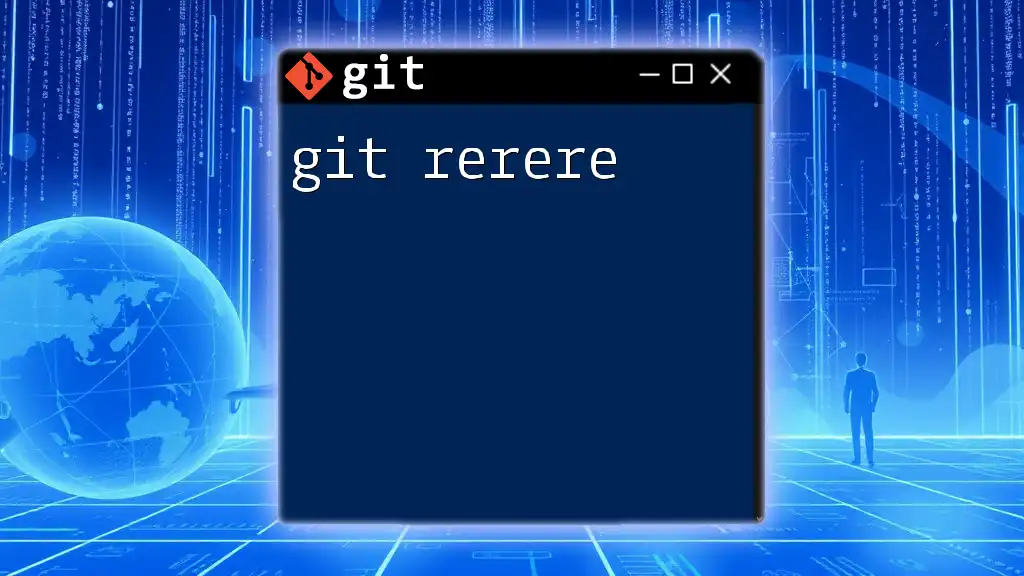
Troubleshooting Common Issues in Git Enterprise
Common Problems and Solutions
Even with the best systems in place, issues can arise. For example, if developers encounter problems with push or pull operations, common solutions include ensuring that the remote repository is correctly configured or checking for any local branch issues.
Resolving merge conflicts is another frequent challenge. When two branches make changes to the same line, Git cannot automatically merge them. Developers can use `git status` to identify conflicts and manually edit the affected files, or use tools like Kdiff3 for assistance.
Best Resources for Help
When troubleshooting Git issues, heading to community forums or official documentation can provide rapid solutions. Platforms like Stack Overflow or the official Git documentation are invaluable resources for resolving specific problems or understanding advanced functionality.
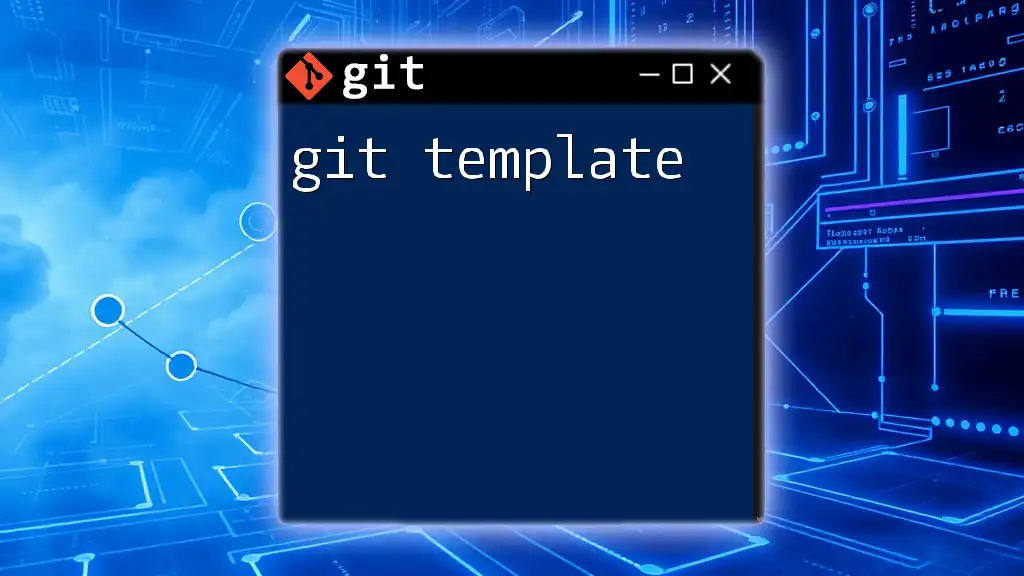
Conclusion
Git Enterprise serves as a robust solution to manage version control in larger organizations. With its advanced features, efficient CI/CD integration, and stringent security measures, it enhances collaboration and streamlines development processes. Moreover, investing in Git training services can further empower teams, unlocking the full potential of this powerful tool.
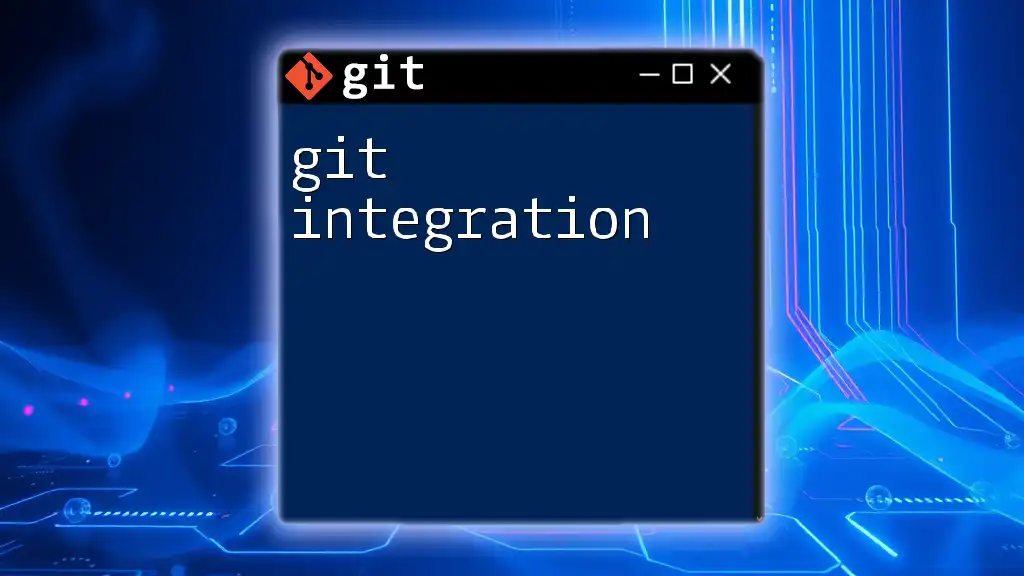
Additional Resources
For a deeper dive into Git Enterprise, consider reviewing the official documentation provided by Git and GitLab. Recommended books and online courses are also resources that can help enhance your understanding and utilization of Git in the enterprise context.

